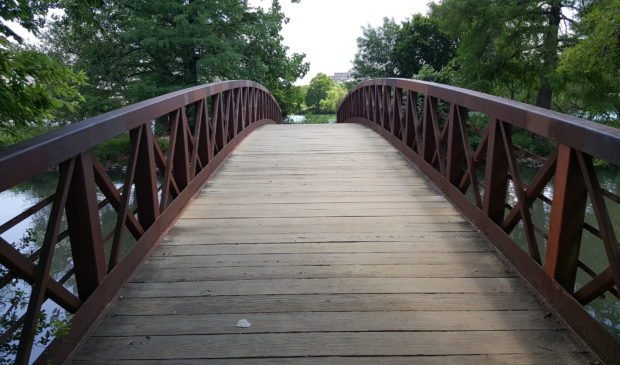Mobility Committee to receive annual update on bond fund plan
Thursday, January 21, 2021 by
Harrison Young At today’s meeting, the City Council Mobility Committee will discuss the Mobility Annual Plan, a document that explains how mobility bond funds are used citywide.
The meeting is part of a larger annual effort to incorporate public feedback into the city’s mobility efforts. The Mobility Committee does not vote on a new MAP each year; instead, committee members are updated on the process.
The final MAP – still in draft stages for 2021 – will be published after time for public comment ends in early February. The final version will include forecasted as well as completed projects, according to Laura Dierenfield, division manager at the Austin Transportation Department.
“It’s part of an ongoing effort to encourage feedback,” she said. “It gives us that chance to offer accountability and transparency with the work.”
The MAP lays out how dollars are used from the various mobility bonds that Austinites approved over the years. The plan is “our way of forecasting the planned and proposed work for those various programs,” Dierenfield said. The bulk of the funds come from the 2016 mobility bond, but dollars from other years are available as well, including last year’s Proposition B that dedicates money to safer and easier infrastructure.
Funds from those plans are used across the MAP’s eight categories.
The Corridor Construction Program is designed to incrementally improve nine major roadways in Austin. The bulk of the construction is expected between 2021 and 2024 with some of the $1.4 billion expense coming from the 2016 mobility bond. The rest is sought from city partnerships and other sources of money.
The Regional Mobility Program frees up $101 million to address road improvements and congestion in areas around the city. The majority of projects in this program are supported by the Texas Department of Transportation, with the rest using city resources.
About $37 million is pledged to sidewalk enhancements, including ADA compliance and new sidewalks in high-priority areas, while $27.5 million goes to Safe Routes to School, a project that hires more crossing guards and educates kids on pedestrian safety. This takes pressure off of families by allowing kids to walk to school instead of relying on parents to drive.
There is roughly $40 million for urban trails and bikeways, and another $15 million for realizing Austin’s Vision Zero, a campaign dedicated to eliminating all traffic-related deaths and injuries by completing transit projects that take as many cars off the road as possible.
Earlier this month, City Manager Spencer Cronk approved an accelerated timeline for these projects. The city identified new methods for speeding up these processes including a new tool for tracking trails and bike paths and internal procedures to increase efficient communication.
A total of $11 million is directed toward repairing substandard streets.
The Mobility Annual Plan is open for public comment until Feb. 7. See the plan and leave a comment here.
Photo made available through a Creative Commons license.
The Austin Monitor’s work is made possible by donations from the community. Though our reporting covers donors from time to time, we are careful to keep business and editorial efforts separate while maintaining transparency. A complete list of donors is available here, and our code of ethics is explained here.
You're a community leader
And we’re honored you look to us for serious, in-depth news. You know a strong community needs local and dedicated watchdog reporting. We’re here for you and that won’t change. Now will you take the powerful next step and support our nonprofit news organization?











